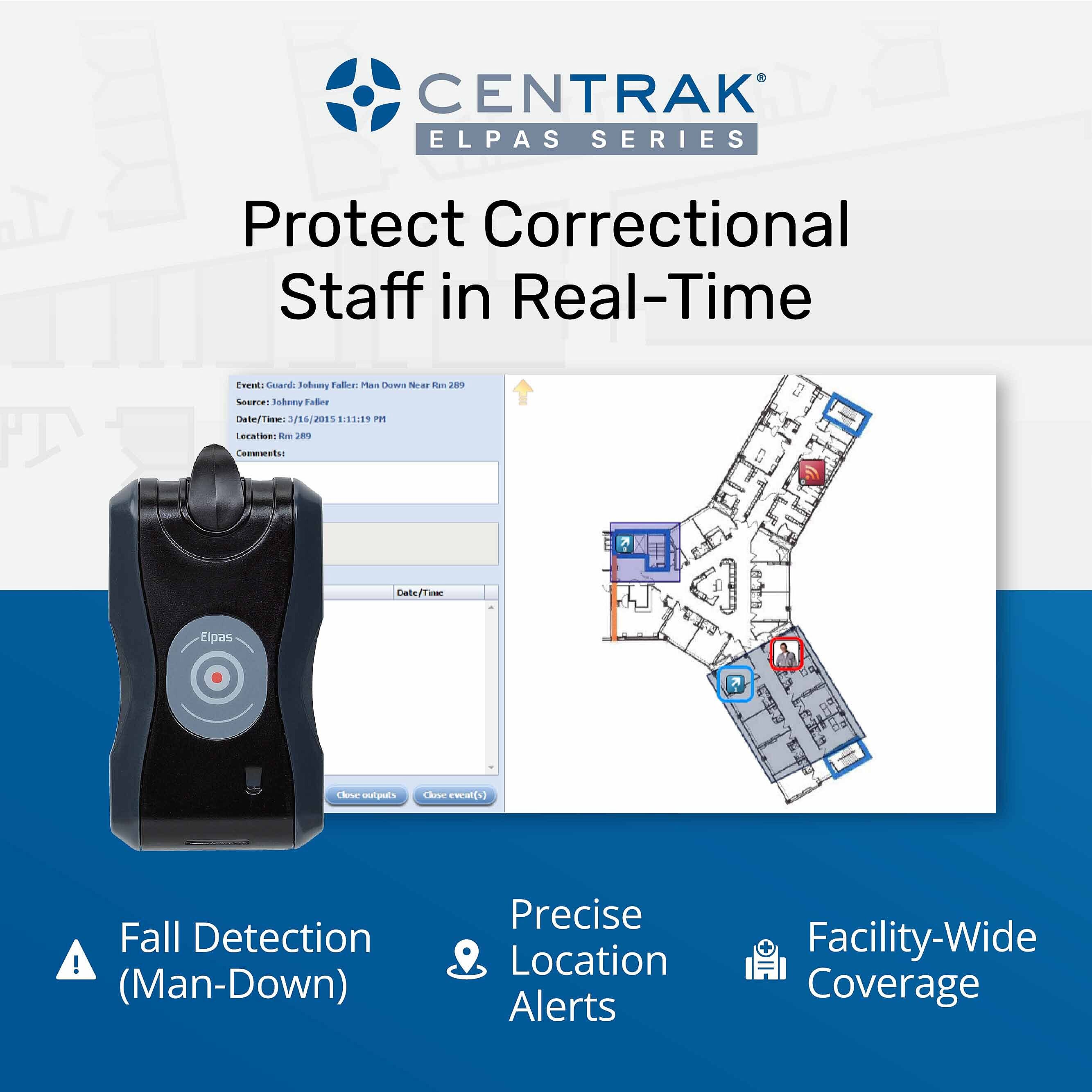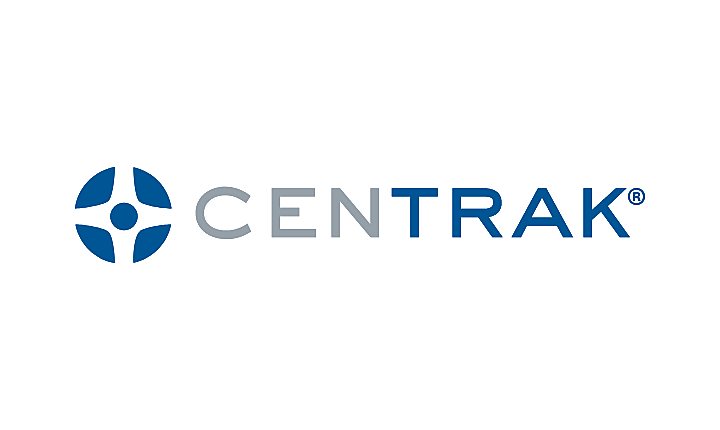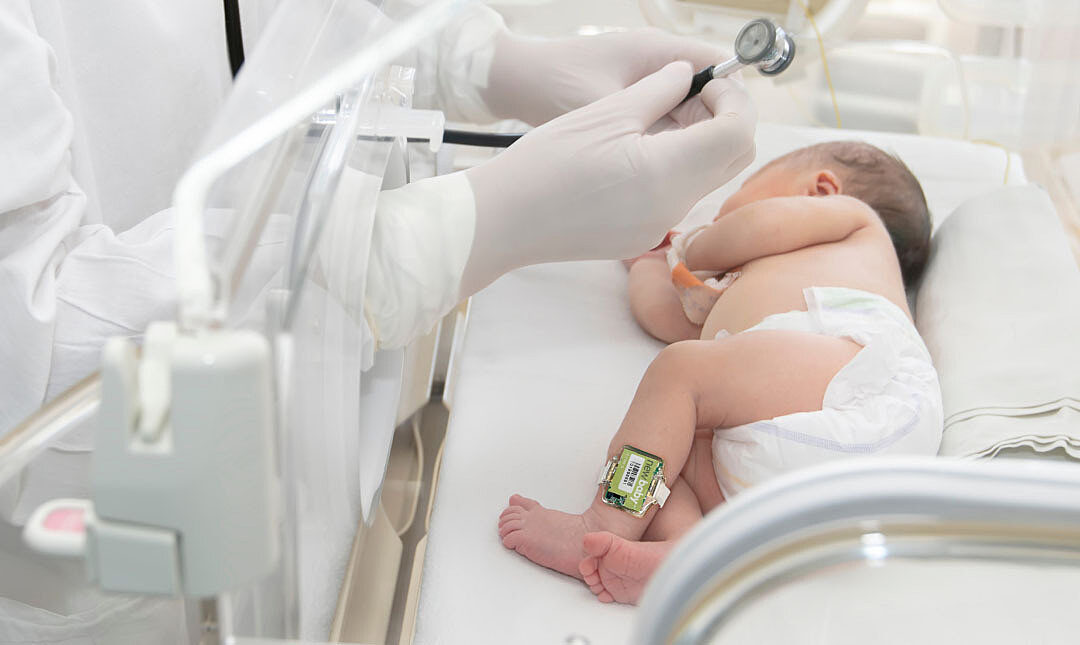Achieving the Quintuple Aim of Healthcare: How RTLS Can Help

In the ever-evolving landscape of healthcare, organizations are constantly seeking innovative solutions to enhance patient care, optimize resources, and improve overall efficiency. One such transformative technology is Real-Time Location Systems (RTLS), which plays a crucial role in supporting the Quintuple Aim. You might be wondering - what is the quintuple aim? The quintuple aim is a framework designed to elevate healthcare outcomes through five key goals: improving patient experience, enhancing population health, reducing costs, improving the work life of healthcare providers, and fostering care team satisfaction.
RTLS can be a game-changer in achieving these objectives. RTLS is a technology that provides accurate, up-to-date information about where critical resources are at any given moment, such as mobile medical equipment, staff, and patients. More than a hospital “tracker” or simple way to find things, this system helps improve operational efficiency, patient safety, and resource management. Let’s explore how CenTrak’s RTLS solutions contribute to each component of the Quintuple Aim for healthcare improvement.

1. Enhancing Patient Experience
In today’s healthcare landscape, enhancing the patient experience is more crucial than ever. By leveraging RTLS, healthcare facilities can create a more streamlined and supportive environment for patients and their families. From reducing wait times and improving navigation to integrating educational resources, these advancements are transforming the way patients engage with their care.
Efficient Workflow: With visibility to the real-time location of medical equipment, patients, and personnel, RTLS significantly reduces wait times and improves care coordination. Features like automatic patient check-in streamline the process, allowing patients to start their visits seamlessly. Automated Electronic Health Record (EHR) and location updates keep the staff informed of patient status throughout each phase of care. Additionally, automated family text messaging keeps loved ones updated on patient status, ensuring timely communications throughout the healthcare journey. With staff freed from providing manual updates, they can dedicate more time to patient care, leading to increased staff satisfaction and enhanced patient outcomes. This holistic approach results in faster, smoother, and more efficient healthcare experience.
Wayfinding: Navigating large healthcare facilities can be daunting for patients and visitors. RTLS-enabled wayfinding systems offer real-time navigation assistance, helping patients and visitors find their way more easily, thus improving overall satisfaction and reducing stress.
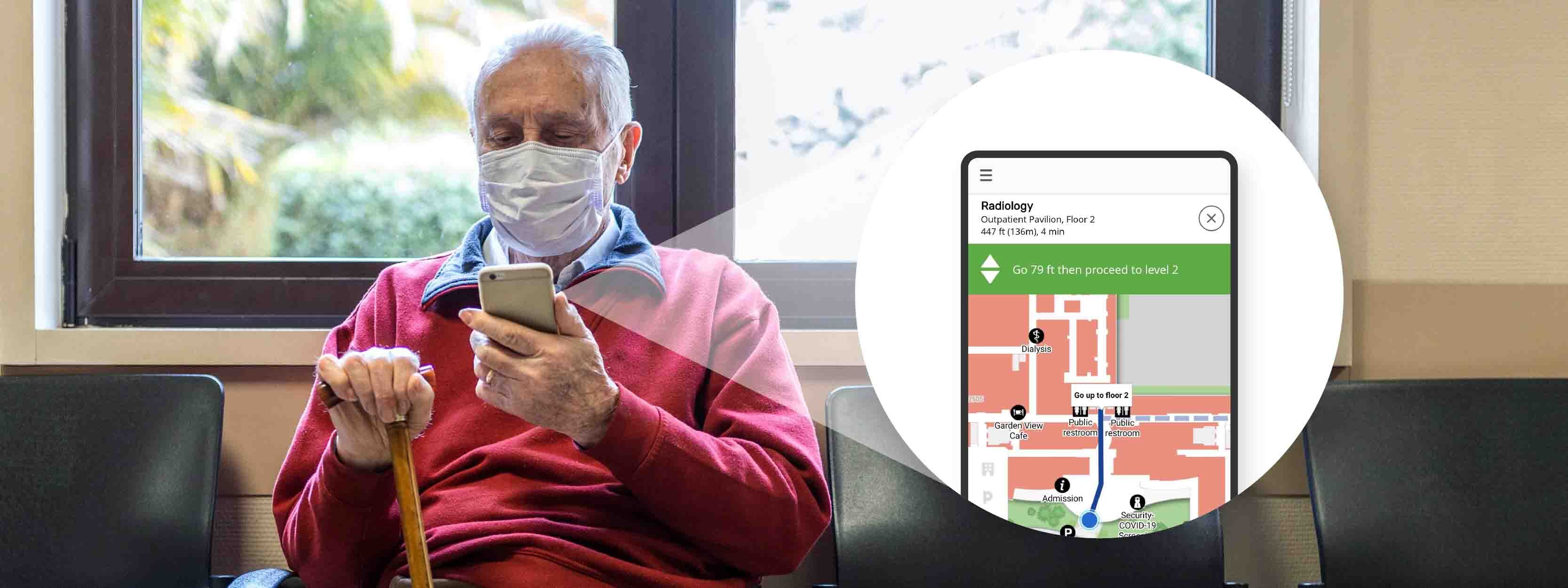
Patient Edutainment or Infotainment Integrations: Integrating RTLS into healthcare technology is crucial for achieving the quintuple aim of healthcare. RTLS enhances communication across various facility components, including EHR and security systems, ensuring accurate patient location visibility and incident reporting. A newer aspect of RTLS integration involves in-room patient edutainment systems, which combine education and entertainment to engage and inform patients. Digital whiteboards exemplify this integration by displaying crucial information about patients’ care teams, medication schedules, and testing timelines. They provide clear communications on staff presence as they enter patient rooms, automatically showing names, credentials, photos, and timestamps of interactions. This integration fosters improved patient engagement and satisfaction, contributing significantly to the overall patient experience.
2. Improving Population Health
Enhancing and improving population health requires a multifaceted approach that prioritizes safety and efficiency in healthcare settings. RTLS are at the forefront of this initiative, providing critical tools to improve hand hygiene compliance, asset management, infection control, and environmental monitoring. By integrating these technologies, healthcare facilities can create safer environments that not only protect patients but also foster better health outcomes for the communities they serve.
Hand Hygiene Compliance: A significant contribution of RTLS to enhancing population health is through improving hand hygiene compliance. RTLS systems can measure and record all hand hygiene events, ensuring that healthcare staff follow proper hand-washing protocols. This not only helps reduce Healthcare-Associated Infections (HAIs) but also provides valuable data for ongoing education and improvement. By monitoring compliance rates, hospitals can identify gaps, tailor educational initiatives, and reinforce protocols, leading to a safer environment for patients and improved financial performance for healthcare facilities.
Asset Tracking: Effective management of medical equipment is essential for high-quality patient care. RTLS ensures that critical resources are always available when needed, reducing the risk of delays in treatment and contributing to better population health outcomes. RTLS enables biomed staff to quickly locate mobile medical equipment in need of cleaning, routine maintenance or facing recalls, ensuring that all assets are in optimal condition and ready for use. Additionally, by tracking medical scopes and other equipment through the proper High-Level Disinfection (HLD) processes, healthcare facilities can ensure compliance and enhance patient safety.
Contact Tracing: RTLS can play a pivotal role in controlling the spread of infections within healthcare settings. By monitoring the interactions between patients and healthcare workers, RTLS helps identify and manage potential infection hotspots, thereby supporting better infection control practices and safeguarding population health.
Environmental Monitoring: RTLS-enabled Environmental Monitoring (EM) solutions enhance population health by ensuring patient safety and compliance across healthcare settings. By automating real-time monitoring of temperature, humidity, and air pressure, facilities maintain optimal conditions for patient care and essential resources. This approach safeguards diagnostic samples, ensures proper medication storage, and improves patient outcomes. The system also monitors vaccines to keep them viable according to CDC and VFC guidelines, while real-time tracking in blood banks helps meet AABB standards, reducing waste and ensuring access to life-saving products. In IVF clinics and cryogenic storage facilities, precise environmental conditions are crucial for success. Automated monitoring saves time and reduces human error, allowing staff to concentrate on patient care. Immediate alerts for customizable pre-set deviations enable swift corrective actions, minimizing costly losses and enhancing efficiency. EM technology supports safer healthcare environments, advancing the goals of the quintuple aim.
Learn How RTLS Improves Hand Hygiene, Infection Control, and Overall Patient Safety
3. Reducing Costs
In an era of rising healthcare costs, optimizing resources is more crucial than ever for ensuring sustainability and efficiency. RTLS offer powerful solutions to streamline operations, enhance staff safety, and reduce unnecessary expenditures across various aspects of patient care. By leveraging these technologies, healthcare facilities can not only minimize costs but also improve the overall quality of care provided to patients.
Resource Optimization: RTLS significantly optimizes the utilization of medical equipment, staff, vaccines, medications, and essential protocols, including frequent handwashing. By preventing equipment loss and minimizing underutilization, RTLS enables healthcare facilities to reduce unnecessary expenses, such as excess rental fees, while maximizing their return on investment.
One of the critical areas where RTLS can make a substantial impact is staff safety, which can lead to higher retention rates. Workplace violence is a significant concern in healthcare, resulting in a staggering annual cost of $2.7 million for staff turnover per 1,000 nurses, with the replacement of a single nurse costing over $100,000. Moreover, the financial burden of staff absenteeism due to workplace violence reaches $646,000 annually per 1,000 nurses, with 4,680 unscheduled hours taken off as a direct result. RTLS-enabled staff duress solutions can help mitigate these issues, preventing lost work time and keeping staff safe.
Additionally, automated environmental monitoring systems relieve staff from the burden of conducting manual temperature checks throughout the day, reducing the risk of human error and allowing them to devote more time to meaningful patient interactions. RTLS also ensures that sterilization processes are consistently monitored and adhered to, while also ensuring staff compliance with handwashing standards set by The Joint Commission and the Leapfrog Group. RTLS helps to reduce the spread of healthcare-associated infections (HAIs)—which impose an annual cost of approximately $28 to $33 billion on the U.S. healthcare system.
Workflow Efficiency: Enhancing workflow efficiency is essential not only for improving the patient experience but also for reducing costs in healthcare. By streamlining processes—such as automating patient check-ins, providing real-time status updates to families, quickly locating critical medical equipment, and ensuring the proper storage of expensive medications and vaccines without manual interventions—we can minimize delays, decrease errors, optimize resource allocation, and enhance staffing strategies. RTLS play a pivotal role in identifying peak times and service bottlenecks, allowing for more informed staffing decisions. This improved efficiency translates directly into cost savings, while maintaining high standards of quality. Prioritizing these streamlined workflows fosters a more effective and patient-centered healthcare environment.
Ready to Optimize Your Facility's Resources and Reduce Costs with RTLS?
4. Improving Clinician Well-Being and the Work Life of Healthcare Providers
RTLS solutions significantly enhance the work environment for healthcare providers, fostering greater workplace satisfaction. By improving staff morale, these systems help reduce turnover and improve retention, which ultimately leads to better patient experiences and saves valuable resources for healthcare facilities. Happier staff are not only more likely to stay longer but also tend to perform at their best, benefiting the entire healthcare ecosystem.
In addition to boosting morale, RTLS solutions prioritize safety. With mobile duress capabilities, they help prevent escalating violence, creating a secure environment for both staff and patients. This added layer of protection is crucial for ensuring that healthcare workers feel safe, which is directly linked to higher job satisfaction and retention. RTLS also supports a range of patient safety applications, reinforcing a healthcare facility's commitment to delivering high-quality care.
One of the standout benefits for healthcare professionals, particularly nurses, is the automated documentation of care times and response metrics. This feature is invaluable when addressing patient complaints about delays in care. RTLS systems provide definitive proof of when staff were in the room, offering nurses a safeguard against unwarranted criticism. This transparency has proven to be a game-changer, as nurses frequently share in online forums how the system empowers them to provide care confidently while clearly demonstrating their commitment to patients.
Ultimately, RTLS solutions play a pivotal role in transforming the healthcare environment. By prioritizing staff safety, streamlining communication, and automating routine tasks, these systems reduce burnout and enable healthcare providers to focus on what matters most: delivering high-quality patient care. This holistic approach benefits not just healthcare workers but also the patients who depend on them. Learn more below:
Staff Duress: The safety of healthcare staff is just as important as the safety of the patients. RTLS solutions include staff badges equipped with duress buttons, which allow staff to discreetly call for help, from wherever they are, with a simple press of a button. This feature ensures that in emergency situations, whether due to patient aggression or other threats, help can be summoned quickly and discreetly. This added layer of security helps create a safer working environment and ensures rapid response to any incidents that may arise. Data on incidents and response times is automatically captured in compliance with The Joint Commission, enabling healthcare facilities to generate reports and refine protocols for improved performance and safety.
Enhanced Patient Safety: Safety is paramount in healthcare, and RTLS plays a crucial role in enhancing the standard and quality of care. By delivering real-time location data, RTLS not only safeguards patients but also protects staff, ensuring a safer and more efficient healthcare environment. RTLS plays a critical role in infant safety by accurately and automatically matching babies with their mothers, preventing unauthorized movements, and helping to prevent infant abductions. RTLS also addresses safety concerns for adult patients by managing wandering individuals and regulating access to dangerous or restricted areas. Furthermore, RTLS enhances patient awareness by integrating with infotainment systems, keeping patients informed about their care team and treatment plans. This integration ensures that patients can verify the identity of their medical providers, fostering a secure healthcare environment.
Reducing Burnout and Streamlined Communication: Reducing burnout and enhancing communication are vital for healthcare providers' well-being and are closely interconnected, especially as they often face alarm fatigue. RTLS streamlines communication by providing real-time information about colleagues and resources, facilitating better task assignments and collaboration in a supportive work environment. Additionally, automated nurse call cancellation and the documentation of clinical milestones in the EMR based on patient location and staff presence allow staff to concentrate on what truly matters—patient care. Utilizing RTLS technology to automate documentation and other non-clinical tasks fosters a more efficient and fulfilling workplace for often understaffed healthcare professionals.
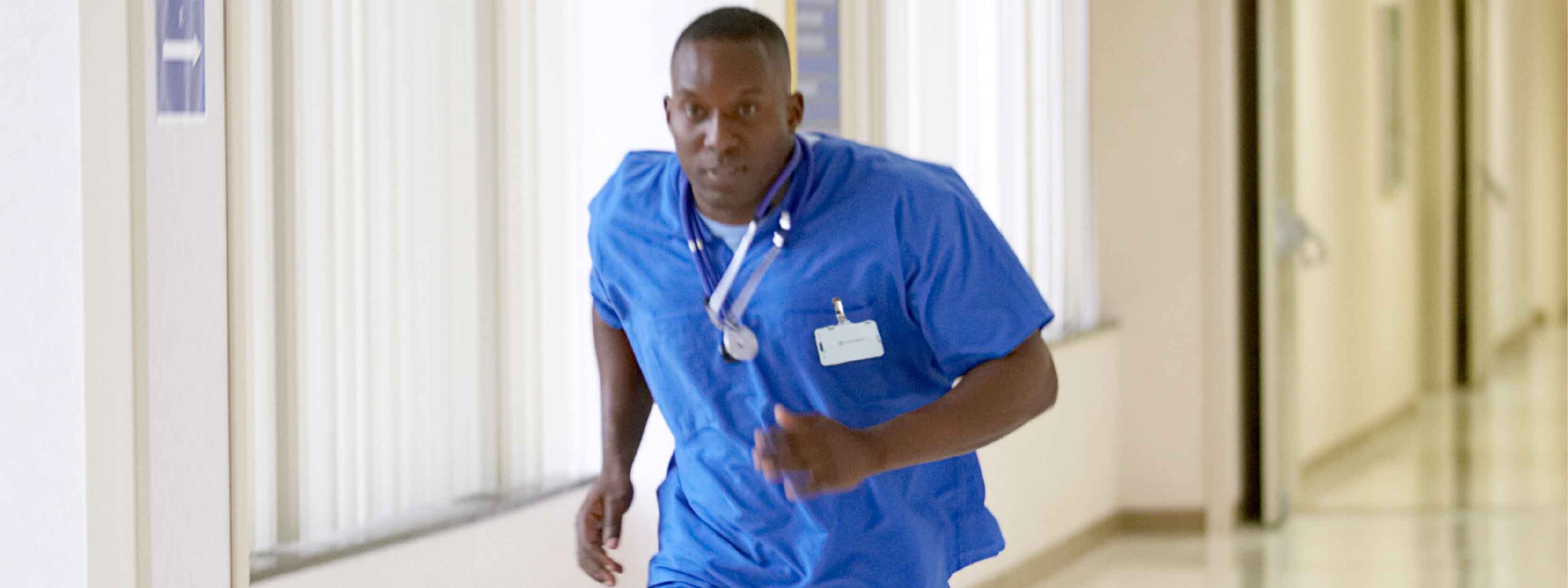
5. Achieving Health Equity
While RTLS primarily focuses on operational and logistical improvements, its impact on health equity should not be overlooked. Health equity is the principle that everyone should have a fair chance to achieve their best health, regardless of their background. Here’s how RTLS contributes to a more equitable healthcare system:
Resource Allocation: By identifying patterns in resource utilization, RTLS helps ensure equitable distribution of medical equipment and personnel across different departments and areas of a facility, addressing disparities in resource availability. This allows for proper planning and staffing based on the data collected overtime.
Efficient Patient Flow: RTLS optimizes patient flow and reduces wait times, ensuring timely care for all patients, regardless of background, and addressing disparities in access to healthcare services.
Enhanced Communication: Improved and automated communication, such as the patient edutainment integration facilitated by RTLS, supports culturally competent care, ensuring that diverse patient needs are met and promoting health equity.
The Quintuple Aim for Healthcare Improvement
The Quintuple Aim represents a comprehensive approach to transforming healthcare by focusing on patient experience, population health, cost reduction, provider well-being, and care team satisfaction. At CenTrak, our RTLS solutions are designed to support these goals, offering enhanced efficiency, communication, and resource optimization. Modern technologies like RTLS help healthcare organizations achieve the Quintuple Aim and ultimately create a more effective and equitable healthcare system.
Together, we can leverage the power of RTLS to drive meaningful improvements in healthcare delivery and patient outcomes, paving the way for a healthier future.

